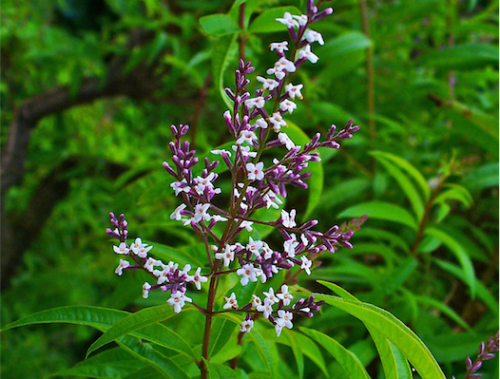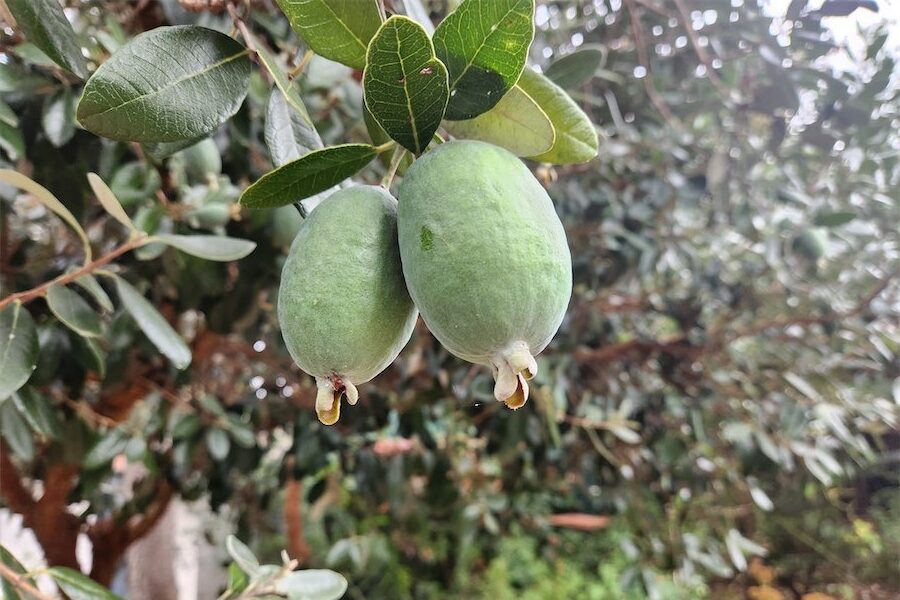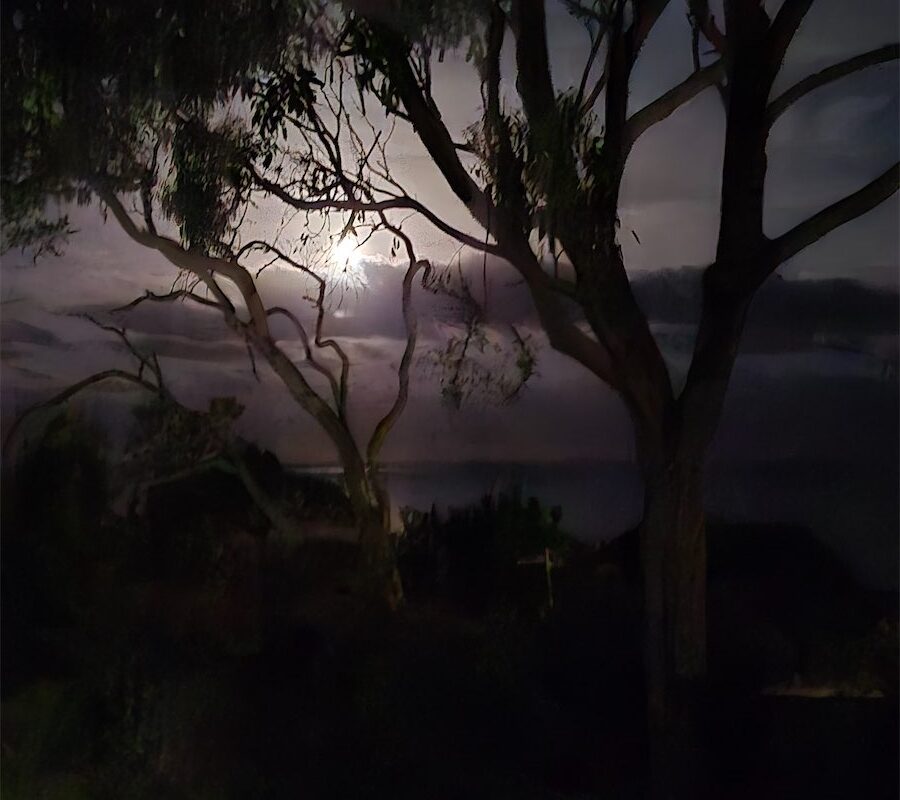
LEMON-scented plants have been popular since ancient times for their culinary, medicinal and fragrant uses.

When visitors walk through our side gate they cannot avoid brushing past and noticing the strong lemon-scented leaves of the Aloysia triphylla (lemon verbena). If there’s space, this deciduous shrub is a must for any garden.
Introduced into Europe from Chile in the 1790s, it was named after Maria Louise, wife of Carlos IV of Spain – Aloysia being a corruption of Louise. The Victorians took to it immediately for the rich lemon-scented leaves. The almost insignificant white-tinged, pink flowers appear from late summer into the autumn.
Lemon verbena has numerous uses starting with either fresh or dried leaves to make a tea. The taste is fairly strong for culinary uses, so it is suggested to use sparingly. The leaves can be used in savoury stuffing and sauces; or used to flavour cakes and ice cream.
Besides the rich lemon fragrance of the leaves when picked fresh, they equally retain the lemon scent for several years when dried. Hence they are ideal for pot pourri and used to deter insects.
THEN there’s Thymus x citrodora or lemon thyme. An old herb book of mine says the Greeks saw it as an emblem of courage and to the Romans, it was a remedy for melancholy. To tell a person they smelled of thyme was a compliment in Ancient Greece. Thymes are extremely useful in the garden as a natural, living mulch, of which there are many varieties.
Here we are only interested in the lemon-scented thyme, both the green-leafed variety (which grows to 30cm tall with pale-mauve flowers in summer) and Thymus x citriodora (golden lemon thyme). These two are some of the most attractive of the thyme family.
MELISSA officinalis (lemon balm or sweet balm) is a fragrant, lemon-scented evergreen perennial growing to 45cm. This plant is extremely beneficial in the garden because its small, white flowers are highly attractive to bees. I cannot emphasise the importance of bee-attracting plants essential for pollinating a wide variety of plants from ornamentals to fruit trees and berry crops. Originating in the Middle East, its leaves were used as a tea. In days past, lemon balm was used as a strewing herb on the floor to freshen a room. I understand Melissa tea is still well-known in France as a tonic and remedy for headaches and tiredness.

FROM time to time, I like to share information of plants growing in our garden because I know they are tried and tested over many years. An example and a favourite of mine is Liriope muscari. A native of Asia, the name is due to the flowers being similar the bulb muscari or grape hyacinth, although no relation.
With its strap-like foliage, the clusters of purple flowers appear at this time of the year; followed by blackish berries in winter. Its attributes include drought tolerance and are very easy to divide. Perfect for lining driveways and paths or grown in a group. Liriope has been given the UK’s Royal Horticultural Society’s Award of Merit.
Jottings…
- I recommend not putting tea bags in the compost heap. Many, but not all, have a plastic content, which means they will not break down.
- To stop codling moth in apple trees, place a band of hessian round the trunk about a metre from the ground. Tie half way and fold over.
Who can be trusted?
In a world of spin and confusion, there’s never been a more important time to support independent journalism in Canberra.
If you trust our work online and want to enforce the power of independent voices, I invite you to make a small contribution.
Every dollar of support is invested back into our journalism to help keep citynews.com.au strong and free.
Thank you,
Ian Meikle, editor








Leave a Reply